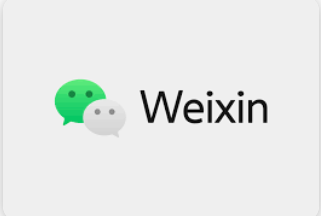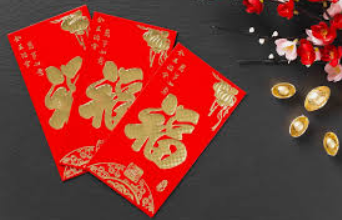
Launched in 2011, Weixin quickly grew into a global force, boasting over 300 million active users just three years after its debut. Often compared to WhatsApp, Facebook, and Instagram, Weixin is more than a messaging app. It’s an “everything app”—a platform that enables users to send messages, share media, read news, make payments, book taxis, and even run online stores. This holistic, user-centered design is precisely what has fueled its remarkable growth across China, Southeast Asia, Europe, and the U.S.
Understanding the User: Young, Urban, Mobile
At the heart of Weixin’s success is its strategic focus on its core audience—young, urban smartphone users. Tencent understood that this demographic valued convenience, multifunctionality, and seamless digital experiences. By creating an app that integrates social, commercial, and utility features all under one roof, Weixin significantly reduced what marketers call “search costs”—the time and effort users spend switching between platforms.
When a user can check the news, chat with friends, shop, pay bills, and hail a cab without ever leaving one app, it becomes more than just a tool. It becomes a daily habit.

Frictionless Design = Empowered Users
Weixin’s interface is designed with simplicity and usability in mind. Voice messaging, for instance, eliminates the complexity of typing Chinese characters, while the built-in browser keeps users inside the app even when reading external content. Whether it’s sending a picture or opening an online shop (which the app promises can be done in under a minute), Weixin makes digital actions feel effortless—thus increasing user confidence and loyalty.
This ease of use is directly tied to self-efficacy, a psychological factor that determines whether people believe they can successfully complete a task. By minimizing friction, Weixin empowers users and builds habitual use.

Engaging Through Culture and Context
One of the most brilliant examples of audience engagement is Weixin’s “Qiang Hongbao” campaign (Red Envelope campaign) launched just before Chinese New Year in 2014. The app allowed users to send traditional red envelopes—symbolic gifts of money—digitally. To add a twist, money could be randomly distributed among recipients, sparking a fun and suspenseful social interaction. This culturally relevant feature was wildly successful, with 5 million people sending 20 million virtual red envelopes.
By aligning with both cultural traditions and the emotional landscape of the season, Weixin didn’t just meet a need—it amplified it in a way that resonated deeply with its audience.
Expanding Utility, Building Loyalty
Weixin didn’t stop at social interactions. It expanded into transportation by launching the “Didi Taxi” feature, allowing users to book rides within the app. Over 22 million people have used this service, reinforcing Weixin’s position as a one-stop solution for modern life—and subtly encouraging users to adopt Weixin Pay, Tencent’s digital wallet. This integration of utility functions both fulfills a need and cultivates long-term user behavior that directly benefits the company.
The Takeaway: Be Useful. Be Habitual.
The Weixin case study is a masterclass in audience-first design. It shows that success in the digital space isn’t just about building a great product; it’s about understanding the people who will use it—their habits, frustrations, culture, and aspirations.
For brands, developers, and marketers, the lesson is clear: To build a lasting social media product, don’t just chase features. Chase relevance. When your product becomes part of your audience’s daily routine—whether they’re commuting, celebrating, or simply chatting—you’re not just offering a service. You’re becoming a digital essential.


Leave a Reply